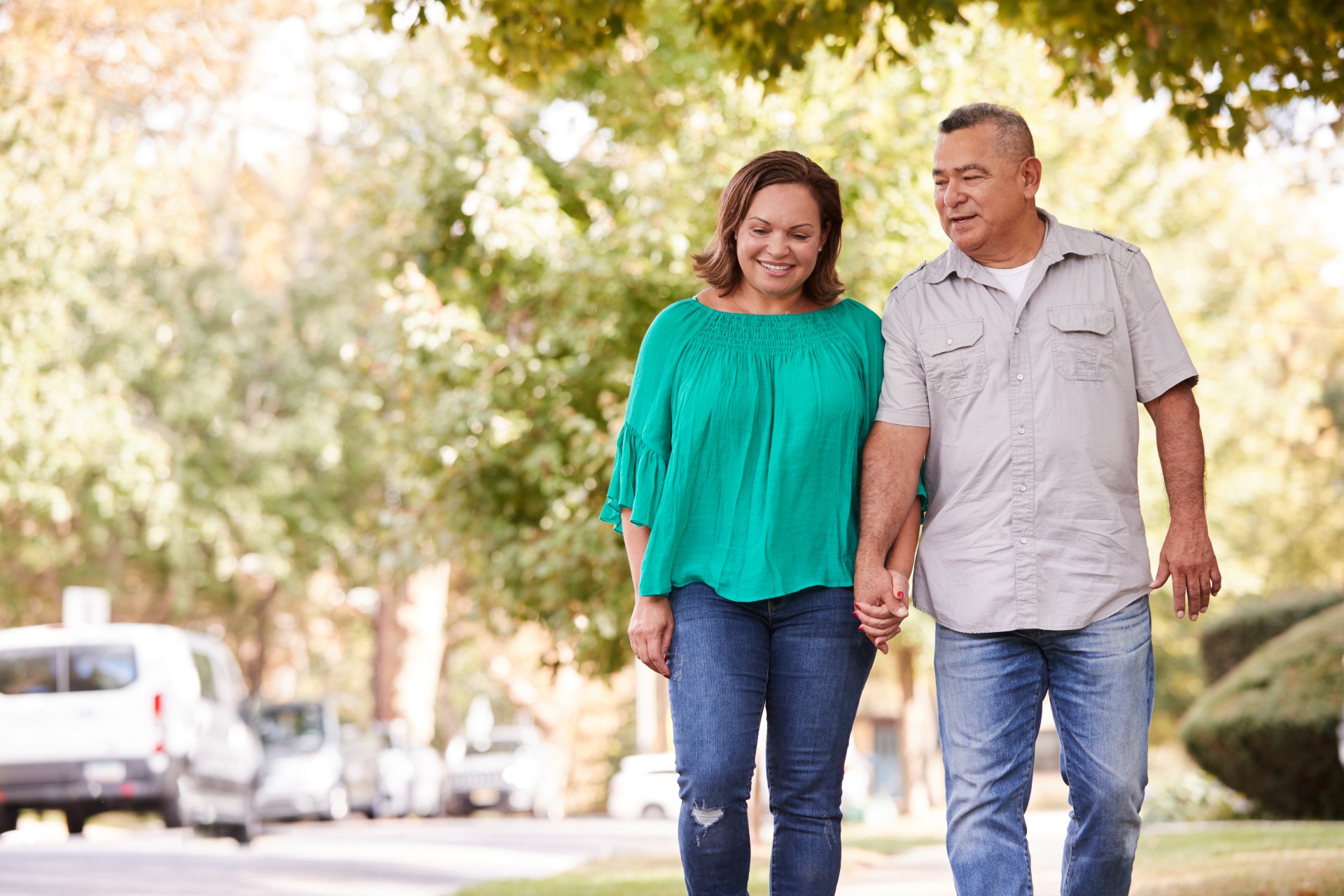Five Ways Senior Citizen Care is Changing
October 26, 2022Contributed by Brian Lawrence, President and CEO of Fellowship Senior Living
Eldercare is evolving from an institutional model to a consumer-based model that offers a broad range of accommodations, programs and services designed to meet the individual needs of older adults.
Five trends in the care and desires of seniors:
Memory Care Support
The need for memory care support has grown significantly in recent years. Now, two out of three people over the age of 85 experience some form of memory loss, an issue that was rarely discussed when I began my career in elder services in 1999. Fortunately, there are now elder care communities all across the United States. The need for specialized services is increasing rapidly as Baby Boomers age. Those with memory loss require a safe, secure, homelike environment with access to the outdoors, activities that stimulate language and memory, common spaces that encourage socialization and living spaces that allow residents to maintain their privacy and dignity.
Bigger is Better
The size and functionality of accommodations are changing for the better. While many older adults choose to downsize, they still want a warm, welcoming environment that allows engagement with family, friends and neighbors. Years ago, the hospital model was adapted by nursing homes, with three or four people sharing a room with one bathroom. In recent years, there has been a shift from semi-private to private suites in short-term skilled rehab and to one-bedroom apartments with separate living and kitchen areas, laundry facilities and walk-in closets in assisted living residences. Long-term skilled care has also evolved; residents now have ample space for visitors or enjoying quiet time and rest in a homelike setting.
Quality and Choice
Quality and choice are the top priorities for demanding American consumers. Today, people choosing Life Plan Communities (also known as Continuing Care Retirement Communities or CCRCs) expect a variety of services and amenities including swimming pools, fitness centers, greenhouses, theaters and putting greens that are convenient and easily accessible. Equally important, they want choice, whether it’s the flooring and finishes used in their homes or multiple on-site dining options.
Interest in Life Plan Communities
Almost 2,000 Life Plan Communities across the United States offer residents a vibrant, active lifestyle, and interest in this type of community is growing. In addition to programs and activities, older adults look for communities that offer a continuum of care to meet their future needs and protect their financial assets from rising long-term healthcare costs.
Connecting to the World
Older adults want to feel connected to the world around them. They seek a lifestyle focused on aspects of wellness that include the physical, spiritual, vocational, intellectual, social, emotional and environmental. Active seniors want to build connections and stay fit and engaged. They look for residences that are welcoming to friends and family members, and places that attract the broader community through programs, events and activities, from theatrical performances to lecture series to art classes.




